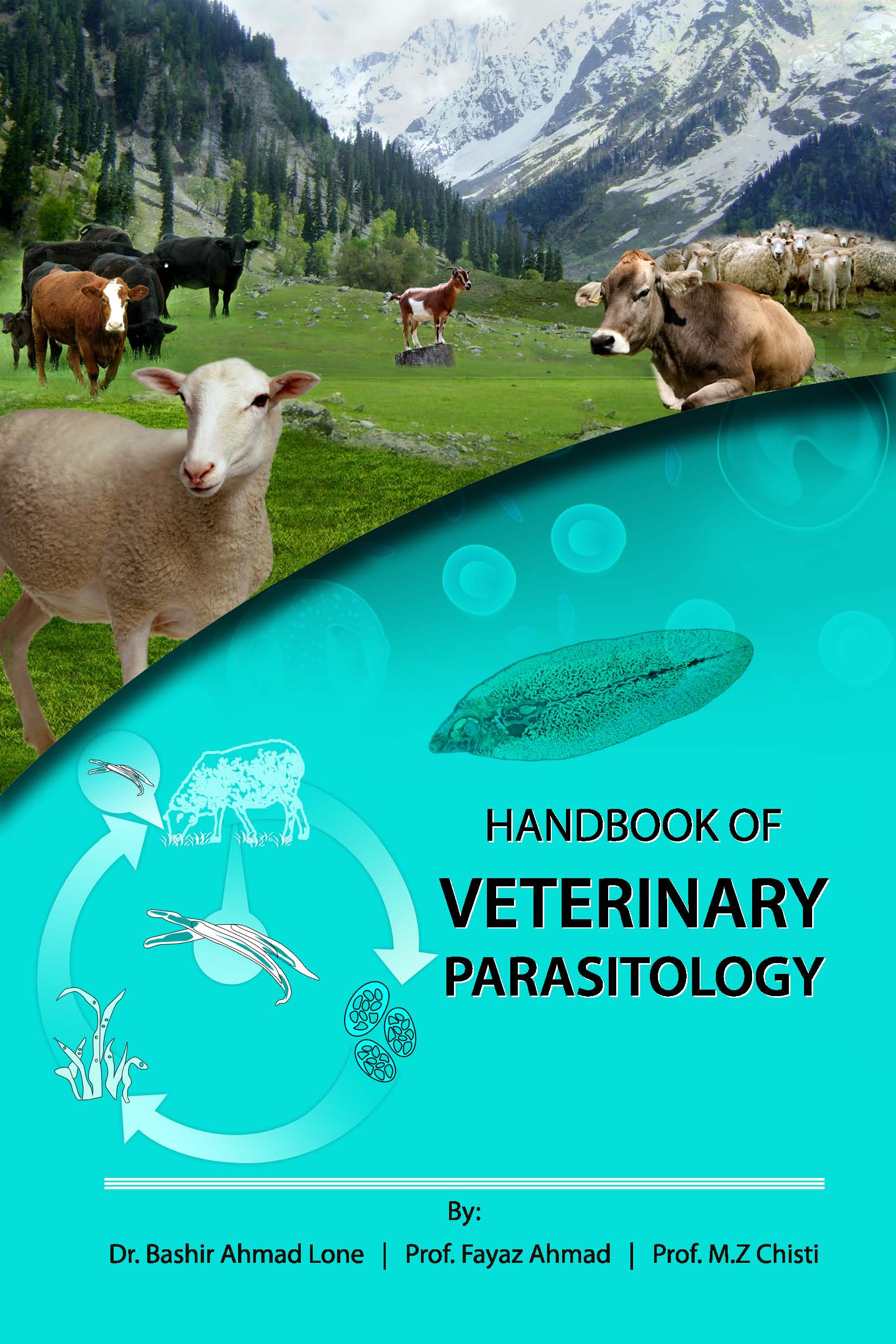Handbook of Veterinary Parasitology
Availability :
In Stock
₹ 337.50
M.R.P.:₹ 450
You
Save: ₹112.50 (25.00% OFF)
(Inclusive
of all taxes)
Delivery:
₹ 0.00 Delivery charge
Author:
Bashir A. Lone FAYAZ AHAMAD, M. Z. CHISTHI
Publisher:
IP Innovative Publication Pvt. Ltd.
Edition:
First
ISBN-13:
9788193245002
Publishing Year:
2016
No. of Pages:
152
Weight:
250 g
Language:
English
Book Binding:
Paperback











